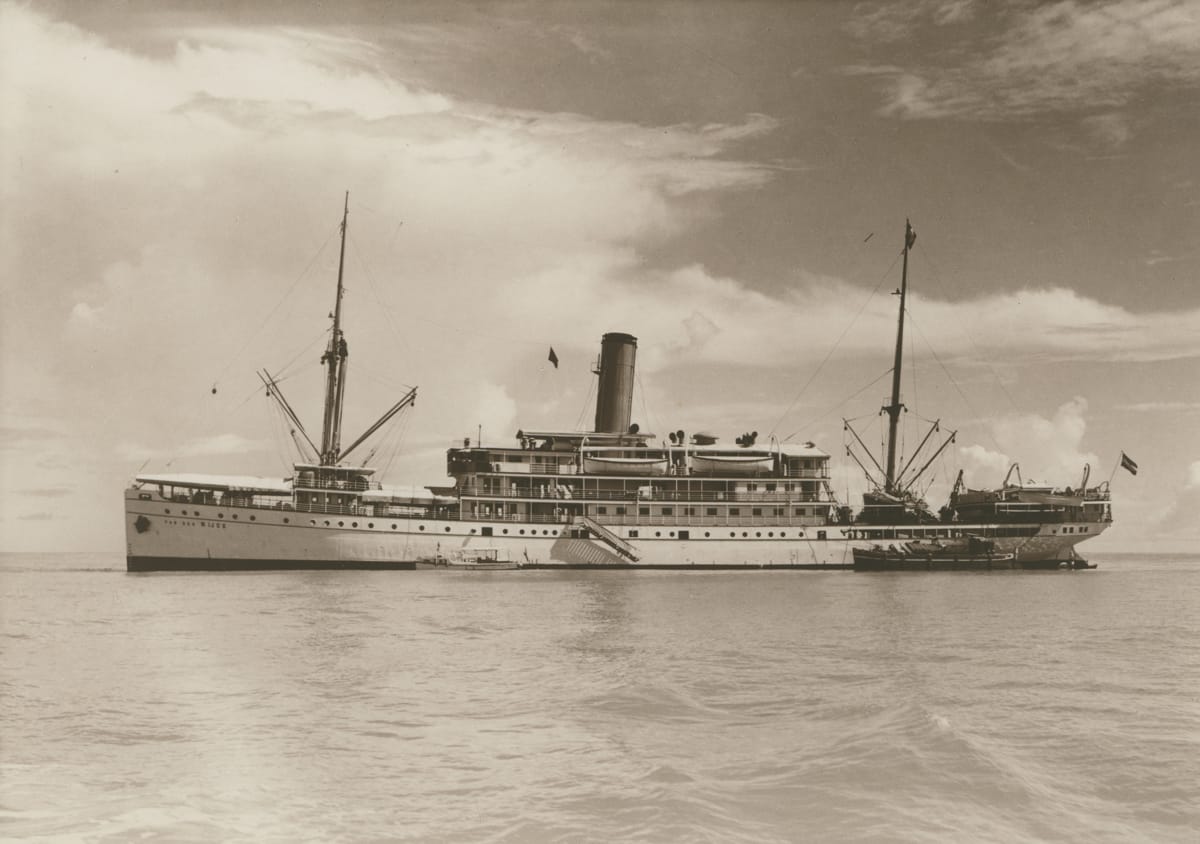Book Review: Revolusi: Indonesia and the Birth of the Modern World by David Van Reybrouck (Norton, 2024)
In survey of public opinion in former colonial powers a few years back, the Dutch demonstrated more pride in their colonial history than did the British: 50 per cent against 32 per cent. For France, the figure was 26 per cent, and Belgium, unsurprisingly, only 23 per cent. Only 6 per cent of Dutch were ashamed of their performance, and just over a quarter wished their country still had an overseas empire.
Revolusi, David Van Reybrouck’s history of the Indonesian colonial experience, might disabuse them. In this opinionated history – history with attitude – he sees much to be regretted.
What is a Belgian doing criticising the Dutch? Isn’t Belgium’s record far worse? Van Reybrouck doesn’t make explicit comparison, but he has written with equal frankness about the Belgian colonial past.
In the course of this latest narrative, Van Reybrouck records explicit atrocities, including the genocide on Banda in 1621, and the puputan invasions of Bali in 1906 and 1908, where the Dutch troops used machine guns and artillery against the krises of the defending Balinese royalty and retainers. And during the post-Second World War independence struggle, Captain Westerling’s death-dealing “brute theatrical violence” against civilians in Sulawesi and the more widespread (if less systematic) war-crimes that only came to public notice in 1969.
But these shocking events are just elements of a broader lamentable colonial story, transforming from the spice-trade-based commercial operation which required just a few trading bases to an intrusive land-based colonial system based on sugar, rubber, tea, coffee and tobacco, with opportunities for skimming off the agricultural surplus – enough to provide one third of Dutch budget revenues.
Van Reybrouck also introduces an image which serves as a microcosm for colonial society: the Dutch East Indies era company KPM trading vessel Van der Wijck, which sank in the Java Sea in 1936. Steaming ahead with some lower portholes unintentionally left open, it took on water, gradually listed, then overturned suddenly with great loss of life. Its three-class decks parallel the three-level social system: the top deck was occupied almost exclusively by the Dutch; the second deck housed the tiny group of educated Indonesians, many of whom collaborated with the Dutch; the Indonesian masses travelled in crowded isolation down below.
This image sounds contrived, even corny. Is this a reboot of Titanic: top-deck toffs revel, steaming heedless towards their inexorable fate? But it works well when Van Reybrouck arrives at his main interest – the independence struggle, taking shape in the early decades of the 20th century.

The narrative shifts from a chronology of events, to focus on the emerging indigenous personalities of the independence movement, coalescing around three groupings – Islam, nationalism and communism, with their own tensions and rivalries.
The top-deck passengers ignored this upswelling decolonialisation dynamic on the two lower decks, preventing cooperation. Potential revolutionaries were imprisoned or exiled – more than a thousand to a remote New Guinea camp. Facing Dutch intransigence, the Indonesian side become more determined and more militant.
The revolutionaries among the second deck passengers – educated locals – needed the mass support of the bottom-deck, particularly the youth – the pemuda – to provide the grunt to carry the revolution forward. The communists (with their charismatic leader Muso) were best at mobilising the masses, but were congenitally too hasty – 1926, 1948 and, much later, in 1965. It was left to the oratorial brilliance of Sukarno to set the stage for revolution.
The Second World War catalysed the denouement. The stunning Japanese victory shattered the colonial model. Just over three years later, the chaos of Japan’s defeat provided the opportunity, with a reluctant Sukarno forced by the pemuda to declare independence two days after the Japanese surrender, and the disorder that followed.

Van Reybrouck’s contribution is to provide context within post-war global geopolitics. While the United States was focused on restoring Europe and containing communism there, it supported the Dutch. Within a few years, the communist success in China and credible threats in the region caused the Americans to change sides, backing Indonesian independence. The motivation was not anti-colonialism, but anti-communism.
The Indonesian experience provided a model for the decolonialisation process elsewhere. The alternative was India, where the British had long-recognised eventual independence. Gandhi’s peaceful non-cooperation was enough to gain sovereignty in 1947. In contrast, the Dutch believed they would stay forever. In 1936 the Governor-General could say: “We Dutch have been here for three hundred years. We will stay here for another three hundred. After that, we can talk.”
The Indonesian model required armed struggle. Of course, violence was not unique to Indonesia. But Indonesia was the first to declare independence and the first to win full sovereignty through armed struggle. Indonesia shaped expectations about the nature of decolonisation: it was not a decades-long process of increasing autonomy, but a swift and bloody transition to independence.
Van Reybrouck argues that the 1955 Bandung Conference continued Indonesia’s uniquely influential role. It was the first summit of world leaders without the West. All the important figures of decolonisation attended, representing more than half the world. These leaders departed, encouraged, and empowered.
Van Reybrouck sees Egypt’s Gamal Abdel Nasser as returning from Bandung inspired to move against British interests and the Suez Canal, then triggering African decolonisation via Kwame Nkrumah in Ghana, thus catalysing Europe to coalesce into the European Union. In drawing an unbroken line between Bandung, Cairo, Accra and Brussels, Van Reybrouck draws a long bow, but his comprehensive references lend support.
In telling this story, Van Reybrouck draws on extensive interviews with many now-aged participants who experienced this history first-hand, in Indonesia, Holland, and Japan, bringing the events to life. This is a great read.

